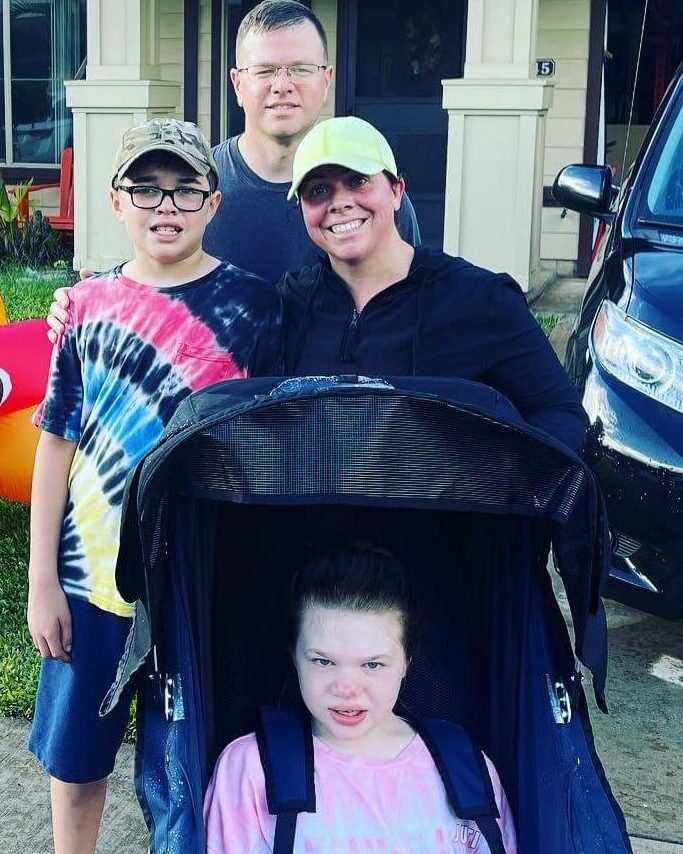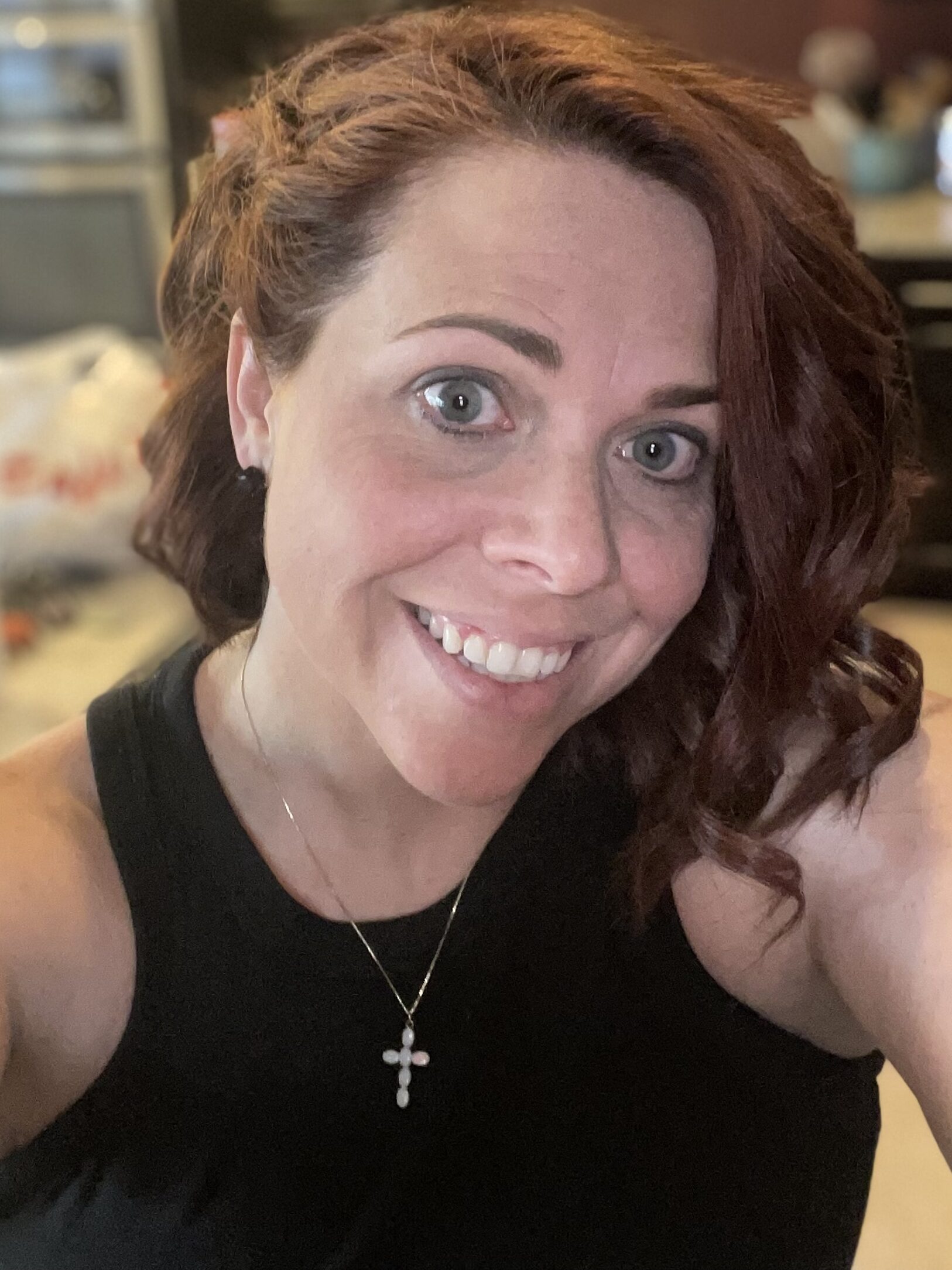
Advocacy for Your Child: Your Right and Responsibility
| Advocacy, EFMP Stories, Featured Article
A Transformative Tale of Advocacy and Special Needs
Embarking on a personal journey as a parent can be transformative, especially when unforeseen challenges arise. In this narrative, I share a pivotal wake-up call as a mom of a child with autism and ADHD. The incident launched advocacy for my son, revealing the importance of active engagement in education and therapy. This article emphasizes open communication, involvement, and kindness for special needs children, especially those with family serving in the military.
The Terrifying Phone Call That Changed Everything
I won’t forget my wake-up call when Mrs. Summers, the school principal, alerted me about an incident involving my son, Owen. His teacher was swiftly removed from the classroom, prompting a CPS investigation into marks on his arms. Earlier that week, my 5-year-old, diagnosed with moderate autism and severe ADHD, returned home with visible injuries. Upon inquiry, the teacher claimed he ran into a partition, and the matter was dismissed. Only after a paraeducator reported my concerns to the principal did action unfold.
I always thought I would go “mama bear” if anyone ever laid a hand on my child. When that time came, I questioned it, but didn’t want to be that “annoying mom of the troubled kid”. After the incident, I realized I allowed the school district to transfer my son from a general to self-contained classroom. I trusted the teacher in the autism classroom had proper experience, enough support, and open communication with me. I believed the school district had my son’s best interest at heart. This event made me realize that I am my son’s most powerful force for advocacy. I fight for him, understanding his capabilities, when to push, and when his needs aren’t met. I realized I can’t rely on others for his best education; I must ensure the optimal learning experience.
Advocating for My Kids’ Success

For 19 years, our military family relocated eight times, with my husband serving five overseas deployments during his active-duty tenure—amounting to about five years away from us. Owen (12) and Aubrey (10) experienced five moves. Aubrey’s rare STX-BP1 genetic mutation, affecting 1 in 30,000, results in non-verbalism, intellectual disability, and an autism diagnosis. Our atypical journey highlights constant adaptation. As the linchpin, I manage communication and navigate challenges. Acknowledging my pivotal role as the primary supporter, I actively engage in advocacy for Owen and Aubrey, ensuring their voices are heard in situations where they can’t speak up themselves.
Each time we move, I do my homework of contacting physicians on the gaining base to do warm handoffs, carry hardcopies of all relevant materials, contact schools to let them know what is coming their way, as well as locating and putting my children on services waitlists months before we have even packed our belongings to move to our new home. I do all of this because I am their #1 fan. I am their cheerleader, pushing them to accomplish what I know they are capable of. Each time we move, they are exposed to a new team of medical professionals, teachers, and therapists. These people have little to no expectations of my children. They should be expected to work hard and grow in a safe, understanding, and appropriate environment.
Matching Expectations
Bridging gaps between duty stations, I convey expectations and my children’s capabilities, ensuring a smooth transition between locations. Establishing expectations with the gaining team of providers is also part of the process. We support them at home, school, and therapies, being punctual and maintaining consistent demands with school and therapy expectations. I ask that they in turn offer open communication and consistent treatment with my children.
For the teams of professionals working with my children, I have high expectations. My husband and I have high expectations of ourselves in the home. Owen began receiving Applied Behavior Analysis (ABA) at age two and a half. The facility operated on a hybrid model, dedicating half the time to in-home sessions and the other half to in-clinic sessions. Since then, we have had the opportunity to watch and learn from the therapists who work with our children. Taking my children to PT/OT/Speech, I was the mom who asked to watch and observe, emphasizing the importance of observation. We replicated therapist techniques at home, even when they weren’t present. Observing various therapy styles, we learned what works best for our kids.
Becoming a Therapist
This led to me pursue my Master’s Degree in Applied Behavior Analysis and become a Board Certified Behavior Analyst (BCBA) in November 2022. As a BCBA working with other families, I now understand the merit of families who engage in advocacy for their children and continue the work at home. Continuing the work is a form of advocacy and fighting for your children. It allows you to learn with them and get to know them better. As a practitioner, I can attest that some of the best families to work with are those who continue to work with their children after the therapist leaves their home. I have seen more growth with these families at a significantly higher rate. Families have worked on skills with their child at home, while others completely disregard session goals, maintaining their usual approach. The growth of your child is up to you.
Championing For Your Child: A Guide to Advocacy
- Communicate with your child’s team. Ask what you can work on or what you can be doing that you’re not already doing. You have every right to ask for communication. If a teacher says they don’t have time to talk at pick-up or drop-off, ask if you can email them or set up a time to meet with them (in-person or via phone call) when they do have time to communicate. This also goes for therapists in the school as well as private therapists. You have every right to know the direction and goals of your child’s education or treatment plans.
- Make yourself seen. Volunteer in the school, initiate conversations with the teachers, and be open to their suggestions because they may have the knowledge to take your child’s growth to the next level. This serves a dual purpose because it makes your child’s team more comfortable with you and more willing to collaborate with you. But it also indicates to your child’s team that you have buy-in and shows you are willing to work with them. It also shows you are present and will actively engage in advocacy, voicing your concerns or addressing necessary changes.
- Be Nice. I am the first to want to jump to my children’s defense and call out the world for not treating them well. However, we’ve all heard the saying, “You catch more flies with honey.” If you are kind to your child’s team, willing to listen, open to their suggestions, and willing to collaborate, it makes everyone’s experience more positive. It helps to formulate a relationship of mutual respect where each member of the team works to the best of their capabilities to help your child make gains. I’ve heard and seen many instances where a parent goes in immediately yelling or making demands, and the therapy team immediately goes into what I refer to as “have-to” mode. They will do what they have to do but will not go any further with your child than is required. Let’s be honest, they avoid incurring the wrath of a difficult-to-work-with parent and often prioritize other clients or students. Promote advocacy for your child in a manner that respects the team while communicating your child’s needs or your expectations.
Advocacy Encourages Growth in Your Child and You
After the incident with my son, I realized I was merely being kind. As a new mom, I hesitated to advocate for my children, thinking I didn’t know the protocol. Five years later, I’ve evolved into their strongest advocate, earning my BCBA to extend therapy at home and locate top practitioners wherever we go. I’ve navigated numerous IEP meetings, including a nine-hour session in one state to secure a 1:1 paraeducator for my non-verbal daughter. In another state, the school attempted to remove the 1:1 paraeducator provision. Declining the Free Appropriate Public Education offer due to the missing stipulation was like rejecting the final rose on The Bachelor. Despite the awkwardness, we persisted, and after five meetings, the 1:1 language remains in her current IEP, poised for future transfers.
Advocacy: Nurturing Growth in Your Child and You
You are the strongest advocate for your children, with their care team, in the home, and with their education. Your involvement allows you to grow your relationship and understanding of your child.
Believe and work for it; no one else will fight as hard as you for what’s right for your child.
My children are a gift. They’ve taught me hard lessons, revealing my strength. I fight daily to prove I’m their #1 fan.
About the Author

Brittany Summers is a 19-year Air Force Spouse, wife to Kevin, and mom to Owen and Aubrey, ages 11 and 13.
Brittany grew up just outside of Pittsburgh, PA. In 2004, Brittany earned her Bachelor of Arts in Mass Communications and Public Relations from the University of South Carolina. After college, Brittany married Kevin in 2007, becoming a military spouse and embarking on a world-traveling journey together. Subsequently, in 2012, Brittany faced the diagnosis of autism for her son, Owen, and in 2013, her daughter, Aubrey, was diagnosed with a rare genetic mutation and a global delay.
Since Owen and Aubrey were originally diagnosed, the family has PCS’d five more times. Brittany has found a passion for advocacy for special needs children, particularly within the military population.
In June 2022, Brittany earned her Master of Science in Applied Behavior Analysis from National University and became a Board Certified Behavior Analyst later that year. She now works as a BCBA in the public school system, hoping to use ABA to make significant social change with her students as it has done with her family.





Leave a Reply